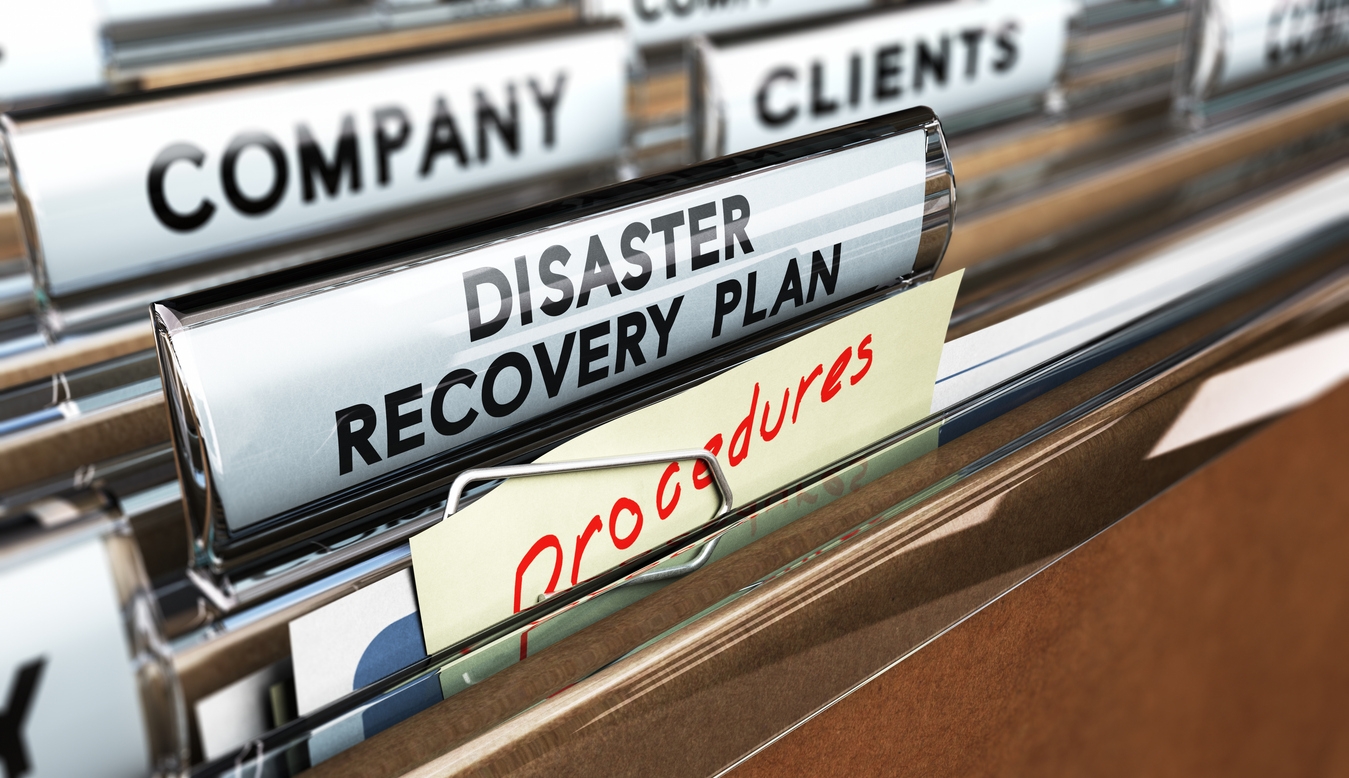
Disaster Preparedness for Businesses: Maintaining Critical Connections
Disasters can strike unexpectedly, leaving businesses vulnerable to operational interruptions, financial losses, and damaged relationships with customers and suppliers. A well-prepared business doesn't just react to emergencies—it plans ahead to maintain critical connections and ensure smooth communication during challenging times.
At MJ White, we understand the importance of proactive disaster preparedness. With decades of experience helping businesses recover from emergencies, we provide the tools and expertise needed to develop a comprehensive plan that safeguards your operations and relationships. Maintaining these relationships, from staying in touch with customers to coordinating with suppliers, is key to keeping a business afloat during a crisis.
Why Businesses Need a Comprehensive Disaster Plan
Disasters pose unique challenges to businesses, with damage often extending beyond physical structures to impact operations, finances, and key partnerships. From natural disasters like floods and storms to unexpected power outages or cyberattacks, businesses face risks that can disrupt their ability to operate effectively. A disaster plan is critical to mitigating these risks and protecting vital relationships with customers, suppliers, and vendors.
Maintaining open lines of communication during a disaster can make the difference between temporary disruption and long-term losses. Customers need to know how the business responds, whether delays are expected, and when operations will resume. Similarly, suppliers and vendors need clear instructions to ensure the continuity of deliveries and services. Without these connections, businesses risk losing trust and loyalty, which can take years to rebuild.
A disaster plan provides a structured approach to handling emergencies, reducing confusion and enabling swift decision-making. By planning ahead, businesses can minimize downtime, safeguard their reputation, and ensure that recovery efforts proceed as smoothly as possible.
Build Your Business Emergency Contact Network
During a disaster, having quick access to critical contact information can make all the difference in minimizing disruption and speeding recovery. Building a comprehensive emergency contact network ensures you can efficiently communicate with customers, suppliers, and vendors when it matters most. By organizing and maintaining up-to-date contact details, businesses can strengthen their response efforts, keep stakeholders informed, and maintain trust during challenging times.
Keep Your Customers Informed
In an emergency, clear communication with customers is essential to maintaining their trust and loyalty. Begin by gathering and organizing up-to-date contact information for each customer, including phone numbers and email addresses. Using a contact form or customer relationship management platform can make this process efficient and keep the information easy to access during a crisis.
Once the contact information is ready, plan multiple ways to keep customers informed. Send out email updates or make phone calls for direct communication. Use social media platforms to share updates with a broader audience, and post announcements on your company website to keep everyone informed about changes in operations or timelines for resuming services. Setting up a dedicated emergency phone line with recorded messages can also provide customers with real-time updates.
Communicating with Suppliers and Vendors
Suppliers and vendors are the backbone of many businesses, and keeping them informed during a disaster ensures that operations can resume quickly. Start by documenting detailed contact information for each supplier and vendor, including their primary and secondary points of contact. This ensures you have multiple ways to reach them if communication lines are disrupted.
To further safeguard your supply chain, establish relationships with backup suppliers located in different regions. This ensures that if a disaster affects your primary vendors, you have alternatives in place to maintain operations.
Also, be sure to request business continuity plans from your suppliers to understand how they manage disruptions and how those facts align or don't align with your preparedness efforts. By maintaining open and proactive communication with suppliers and vendors, businesses can avoid unnecessary delays and keep their operations running smoothly during a crisis.
Tools for Streamlining Emergency Communication
Effective communication is the cornerstone of business disaster preparedness, and leveraging the right tools can make all the difference in maintaining critical connections. Start with a centralized system, like your CRM platform, to organize and store contact information for customers, suppliers, and vendors. These systems allow businesses to quickly access and update records, ensuring accurate communication during emergencies.
In addition to CRMs, digital communication tools like email marketing platforms or SMS services can send mass updates efficiently. These tools are particularly useful for notifying customers about service changes, delays, or reopening schedules.
For internal communications, tools like Slack or Microsoft Teams provide instant messaging capabilities, ensuring staff members stay connected and informed throughout the crisis. Social media platforms are another essential tool for real-time updates. Businesses can use their profiles to share announcements, respond to customer inquiries, and maintain transparency.
Also, consider setting up an emergency hotline or voicemail system with pre-recorded messages to provide critical updates. By utilizing a combination of these tools, businesses can streamline communication efforts and keep stakeholders informed during challenging times.
Incorporating Technology in Your Disaster Plan
Tools like cloud-based storage systems ensure critical contact information, contracts, and operational data are securely backed up and accessible from anywhere. By digitizing your records, your team can retrieve essential information quickly, even during power outages or office closures.
Communication platforms, such as mass email tools, text alert systems, and social media management software, enable efficient updates to customers, suppliers, and employees. Automated systems can pre-schedule messages or provide instant notifications during emergencies, saving valuable time and reducing confusion.
On top of that, specialized disaster management apps, like emergency planning software or incident tracking systems, streamline processes like resource allocation and task management. Some even provide real-time updates, which enables more informed decision-making and faster, more reliable recovery efforts.
Trust MJ White to Help Your Business Prepare
Preparing for a disaster isn't just about safeguarding your real property; it's about protecting the relationships that keep your business running. MJ White has decades of experience helping businesses develop comprehensive emergency plans that address the unique challenges of maintaining operations and communication during crises. From organizing critical contact networks to offering restoration services after an event, we're here to support your business every step of the way.
Stay Ahead of Emergencies in Michigan with MJ White
For expert disaster preparedness and restoration services in Michigan, rely on MJ White. Call us at 888-992-4404 or reach out online today to create a custom emergency plan tailored to your business and ensure you're ready to face any challenge.



